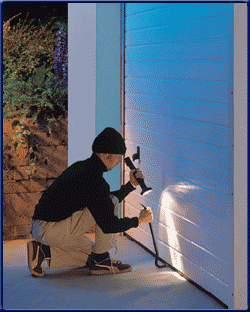New flood insurance premiums to rise higher than expected
When their policies
renew on or after April 1, homeowners with federal flood insurance will begin
paying new fees and rates that are higher than some coastal advocates expected.
Come April 1, the National Flood Insurance Program will
implement reforms required by the Homeowners Flood Insurance Affordability Act,
which Congress passed and President Barack Obama signed into law in March 2014.
The act repealed or modified some aspects of the
Biggert-Waters Flood Insurance Reform Act of 2012, which eliminated flood
insurance subsidies for homes built before flood maps, causing premiums to soar
for many homeowners. While Biggert-Waters allowed rates to increase as much as
25 percent annually, the affordability act capped the increase to between 15
and 18 percent for most policies.
As part of that law, the Federal Emergency Management Agency
will issue updated flood insurance rates and other charges for new and existing
policies beginning April 1.
FEMA detailed the changes in a bulletin released last fall.
That cap includes the Reserve Fund Fee, which Biggert-Waters
created as a way to cover premium shortfalls. Calculated as a percentage of the
total premium cost, the Reserve Fund Fee assessment will increase 10 percent
for most policies.
But when the Federal Policy Fee and the affordability act
surcharge are factored in, policies could jump substantially more. Mandatory
insurance premiums for properties in the high-risk AE zone, for example, could
grow as much as 23 percent with the fees.
The surcharge for primary homes will be $25; for secondary
and multifamily homes and businesses, the surcharge is $250..
The new law is a tradeoff, as it will help make the program
financially sound while easing the impact on older homes that have suffered
severe flood losses – known as pre-FIRM Severe Repetitive Loss properties.
Renewals will be subject to a 25 percent renewal cap as well
as a higher affordability act surcharge of $250. Premiums will surely increase for pre-FIRM
SRL renewals, but they won’t lose grandfathering or subsidized rates.
Lehn & Vogt
Insurance
2980 S McCall RD Suite E
Englewood, FL 34224
www.lehnandvogt.com


